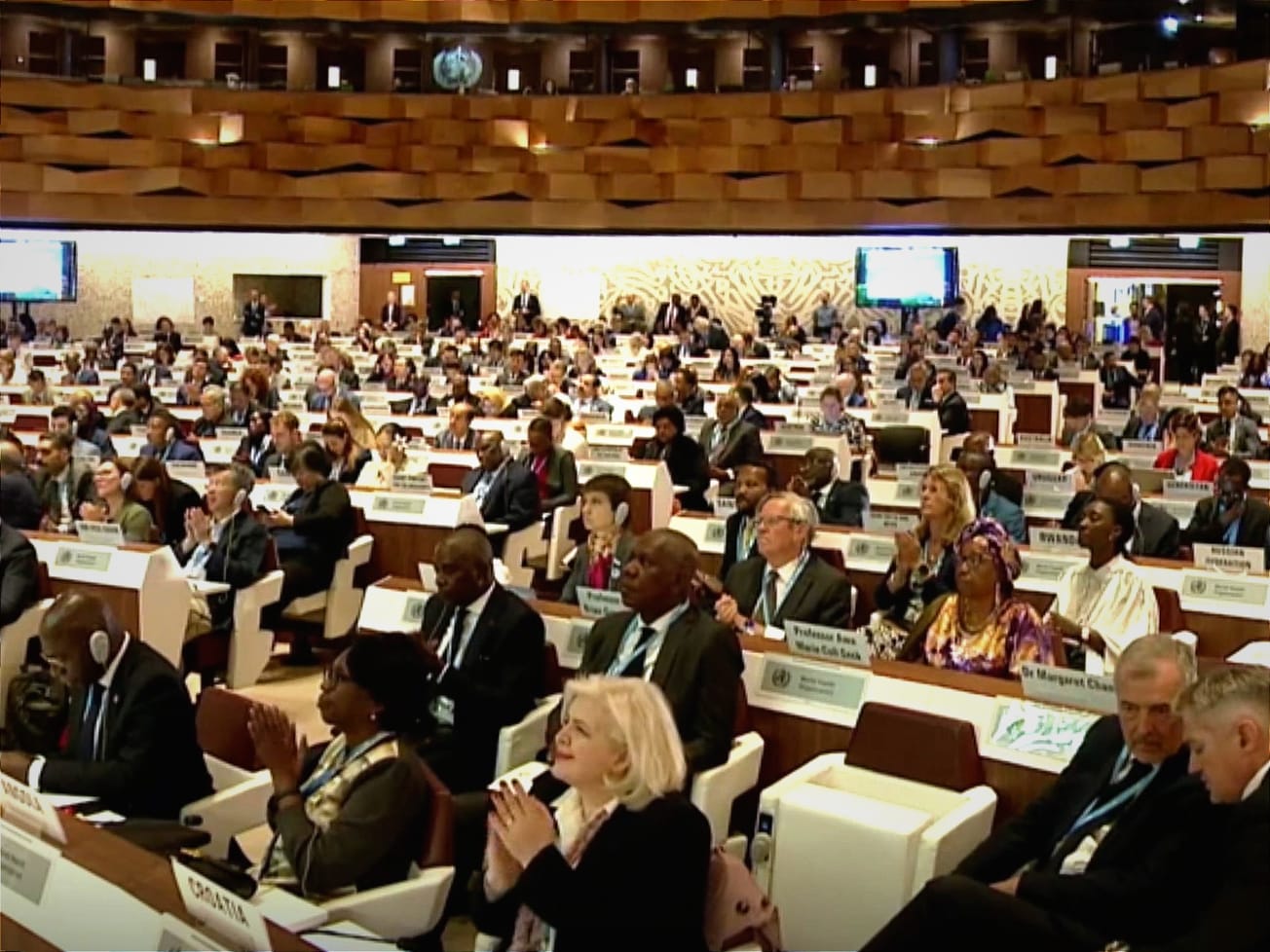Confirmed COVID-19 infections exceeded 90 million — two-thirds in the Americas and Europe, where most new vaccines are being rolled out — with 1.93 million deaths and 49.8 million recoveries worldwide on Sunday.
The pace of new cases, while staggering, has plateaued at 15 days per 10 million cases since the 70 million mark was reached a month ago, according to Johns Hopkins University and Google data trackers. Before that it took 16 to 17 days per 10 million cases.








